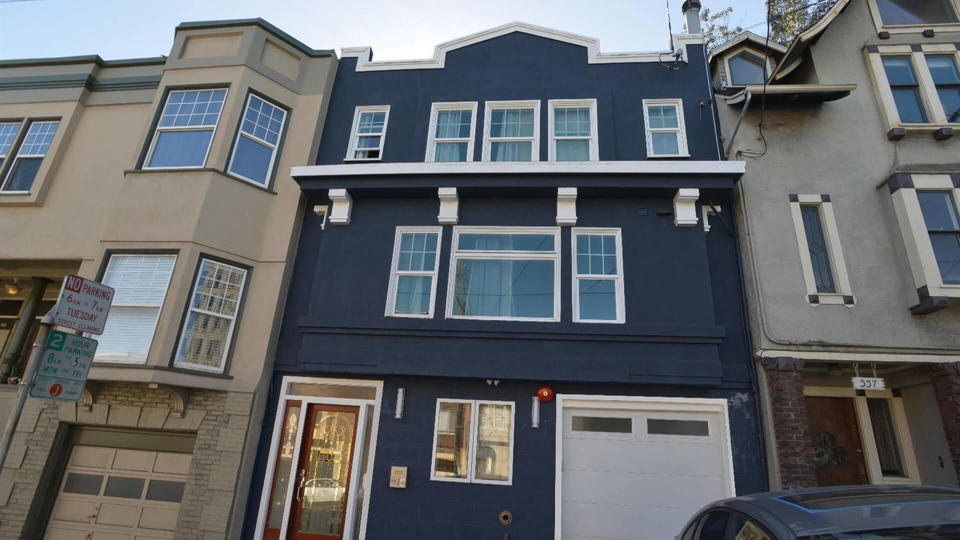How I Paid Zero Income Taxes on My New Rental Property

We’ve all heard the saying that nothing is certain but death and taxes. I haven’t yet found the secret to living a long life, but I do have good news to share regarding taxes.
If you are contemplating purchasing a rental property or converting your home into a rental as I did, here are some things to consider that can help to minimize your tax bill.
Read More: The Best and Worst Cities To Own Investment Property
Do Your Homework or Hire an Expert
As soon as I pulled the trigger and decided to convert my home into a rental property, I read everything I could get my hands on about being a landlord. I even contacted my realtor for advice since I knew he owned several rental properties.
One of the best resources I found was “Every Landlord’s Tax Deduction Guide” by Stephen Fishman, and I would advise anyone who is considering purchasing a rental property to add this to your reading list.
Further, keeping an accurate record of your rental property income and expenses is important, especially when it comes time to file your taxes. A Schedule E is the tax form that you will need to submit with your 1040 tax return if you are reporting income or losses from a rental property.
Getting Your Rental Property Ready To Rent
Making a good first impression is key to leasing your rental property quickly, and nothing will turn off a potential tenant faster than a dirty property. My girlfriend and I started by sprucing up the yard with some fresh landscape rock, trimming the trees and shrubs and adding some plants to enhance the curb appeal.
We next tackled several interior DIY projects such as adding some fresh paint to the walls and baseboards and refreshing the bathroom plumbing. We followed up with a thorough cleaning and staged the property to show potential tenants.
I also decided to replace the washing machine and hot water heater because they were showing signs of age. As a small taxpayer, I elected to use the De Minimus Safe Harbor which allows for deducting expenses of tangible property up to $2,500 per item.
Schedule E Treatment
Note that landscaping costs to maintain property are entered on line 7 “Cleaning and maintenance.” “Repairs” go on line 14. If you are using the De Minimus Safe Harbor, you must enter each item separately on line 19, “Other.”
Don’t Forget: The 6 Most Important Tax Deductions You Need To Claim
Start-Up Expenses
One perk of starting a new business is that the IRS allows you to write off certain expenses incurred before listing your property for rent. Start-up expenses are costs of getting your business up and running and can include minor repairs, home office expenses, rental market research, property maintenance, licenses, permits, legal and other fees.
Schedule E Treatment
You can include up to $5,000 of start-up expenses on line 19, “Other.” Any amount over $5,000 must be amortized over 15 years.
Other Schedule E Items
Below are some other items that come up on the Schedule E that you can (and should) include to minimize your taxes.
Advertising
Include costs to market your property such as signs, brochures, business cards and website fees.
Insurance
Include hazard, liability, homeowners and flood insurance premiums paid to your insurance company.
Mortgage Interest
Include interest paid to banks and reported to you on Form 1098.
Repairs
Include all repairs to the property that restore the item to working condition but do not “improve” the value of the property.
Taxes
Include taxes incurred as a result of owning and operating your rental property. This can include special easements, and property or school district taxes.
Utilities
Include the cost of utilities paid by you even if the tenant has reimbursed you. Reimbursed utilities will be included as income on line 3, “Rents received” and offset on line 17.
Depreciation
Include depreciation expenses for all capital improvements. It’s important to calculate the property’s adjusted cost basis value accurately because this will determine not only depreciation expense but will impact the number of capital gains tax liability when the property is sold.
Other
Itemize other expenses such as homeowners’ association (HOA) fees, subscriptions, books, education, bank fees and De Minimus Safe Harbor expenses not included in repairs.
Positive Rental Cash Flow Versus Tax Loss
Currently, I am generating a positive monthly cash flow of around $300 after expenses but will report a loss on last year’s Schedule E due to the added expenses that were necessary for getting my property in condition to rent.
To be clear, owning a rental property is not for everyone. My objectives are: 1. generate enough cash flow to maintain the property and 2. sell the property to provide a source of retirement income down the road.
By making smart decisions regarding repairs and maintenance, and taking advantage of the De Minimus Safe Harbor to expense assets, it’s possible to minimize income taxes and build equity in your rental property.
More From GOBankingRates
This article originally appeared on GOBankingRates.com: How I Paid Zero Income Taxes on My New Rental Property
